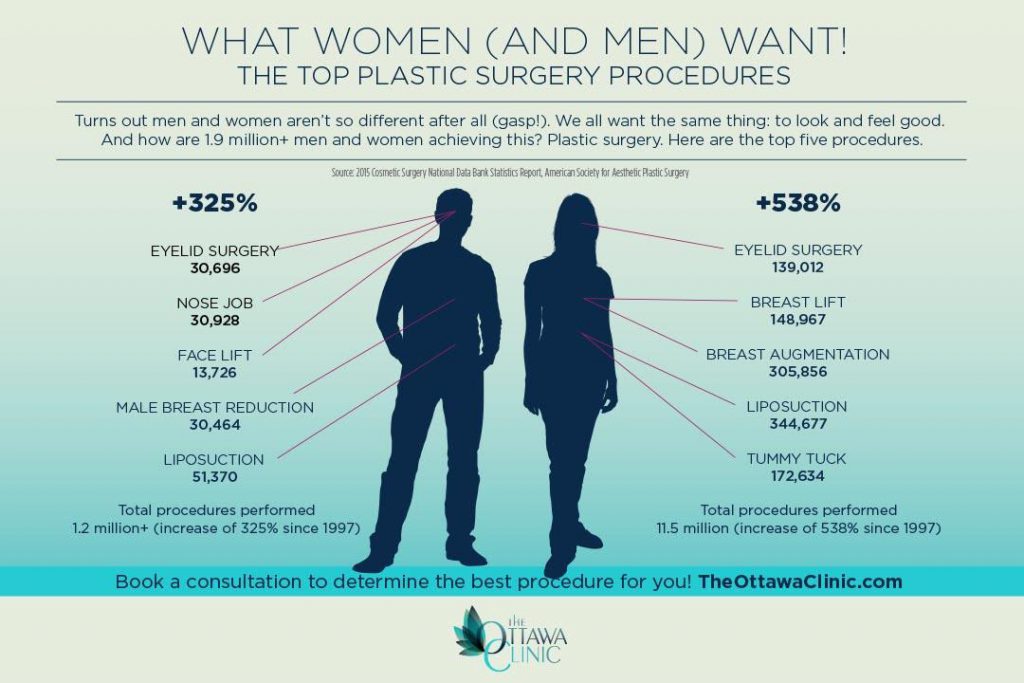Photodynamic therapy (PDT) incorporates a light-sensitive medicine with unique light to kill malignant and precancerous cells. Your physician places the medication on your skin or inside your eye and afterwards radiates a light on the therapy area.
This combination eliminates malignant cells and saves healthy tissue. Yale Medicine pulmonologist George Eapen, M.D., explains how this functions.
The Photosensitizer
Photodynamic treatment (PDT) utilizes a combination of light and a medicine called a photosensitizer to eliminate malignant or precancerous cells and extra healthy tissue. You obtain a shot of the photosensitizer, which is after that activated by light in your body. The photosensitizer is absorbed by both healthy and balanced and malignant cells however isn't harmful until it is activated by the light.
Light-absorbing particles, referred to as photosensitizers, are discovered in plants and animals, consisting of human beings. There are lots of photosensitizers, however most are able to soak up a certain variety of light wavelengths.
Once the photosensitizer is exposed to a light with a coordinating spectral range, it's transformed from its ground state right into an ecstatic singlet state. This enables it to transfer power to molecular oxygen, producing singlet oxygen and totally free radicals that moderate mobile toxicity.
The Light
During therapy, a special light is shined on the location where the photosensitizer was used. This light activates the medicine and ruins cancer cells or precancerous cells that it has targeted.
The medicines that are utilized in photodynamic therapy have various absorption buildings and several of them might take hours to leave typical cells but continue to be longer in cancer or precancer cells. This procedure enables the doctor to target cancer cells extra exactly than other sorts of treatments that make use of noticeable light, such as lasers or electrocautery [54]
Photodynamic therapy can deal with the earliest areas of sun damages known as actinic keratosis and can lower skin cancer growth in individuals at high risk for creating the condition. It is additionally a choice for some patients with damp type age-related macular deterioration, which is a typical cause of loss of main vision in older adults. It can not recover microdermabrasion the loss of vision triggered by this disease, however it can slow down the development of unusual capillary growth that creates wet AMD.
The Activation
Photodynamic treatment (PDT) utilizes a medication and light to deal with cancer and various other skin problem. It targets precancerous cells and eliminates them. Unlike other cancer cells treatments that melt and ruin, this therapy kills precancerous cells while saving healthy cells.
The photosensitizer is delivered right into the skin through topical, dental or intravenous administration. It is taken in by the tumor cells and triggered when revealed to light of a certain wavelength. This triggers a series of photochemical reactions that creates reactive oxygen varieties (ROS) that damage lump tissue and eliminate cancer cells.
PDT is most often utilized to deal with actinic keratoses and in situ squamous cell cancer (Bowen illness). It can additionally be utilized to deal with other kinds of skin cancer cells, including surface basal cell cancer. It can be used alone or with various other treatments, such as surgical procedure or radiation. It can even diminish tumors in the lungs, enabling surgery or other therapy to be safe and efficient.
The Therapy
PDT works best in tiny irregular areas of tissue that a source of light can reach, such as the skin, eyes, mouth or food pipeline (gullet) and lungs. It is also made use of to treat precancerous developments, such as actinic keratoses, which are sun-damaged cells that can develop into cancer.
Medical professionals administer the photosensitizer as a cream or shot, and then radiate a light on the therapy location. The light destroys the irregular cells. While healthy and balanced cells absorb the photosensitizer, it remains much longer in cancerous cells.
After the treatment, your body normally gets rid of the dead cells. People with lung cancer cells may experience spending blood or have a bronchoscopy to get rid of the lungs of the dead cells. In some cases, your physicians might use a bronchoscopy to remove the photosensitizer from the lungs also if it creates serious signs. It's important to stay inside your home and utilize sun block when you go outside while the photosensitizer is in your system.
